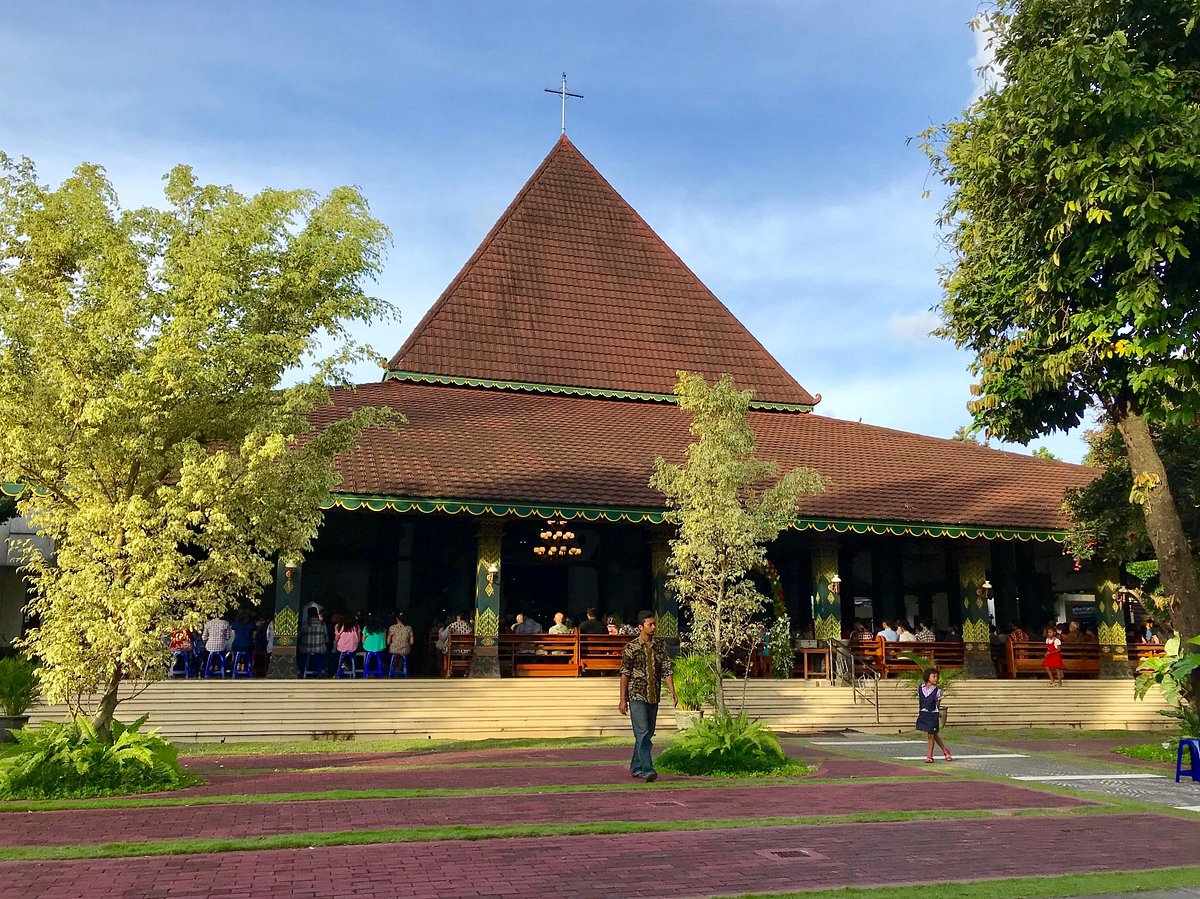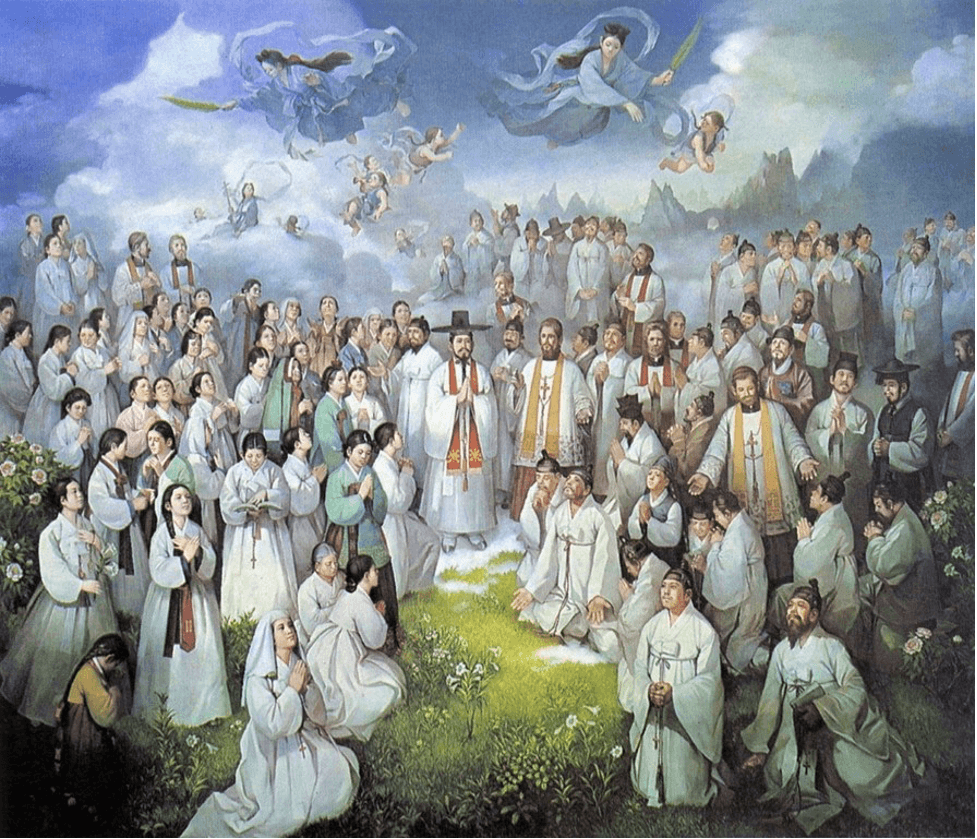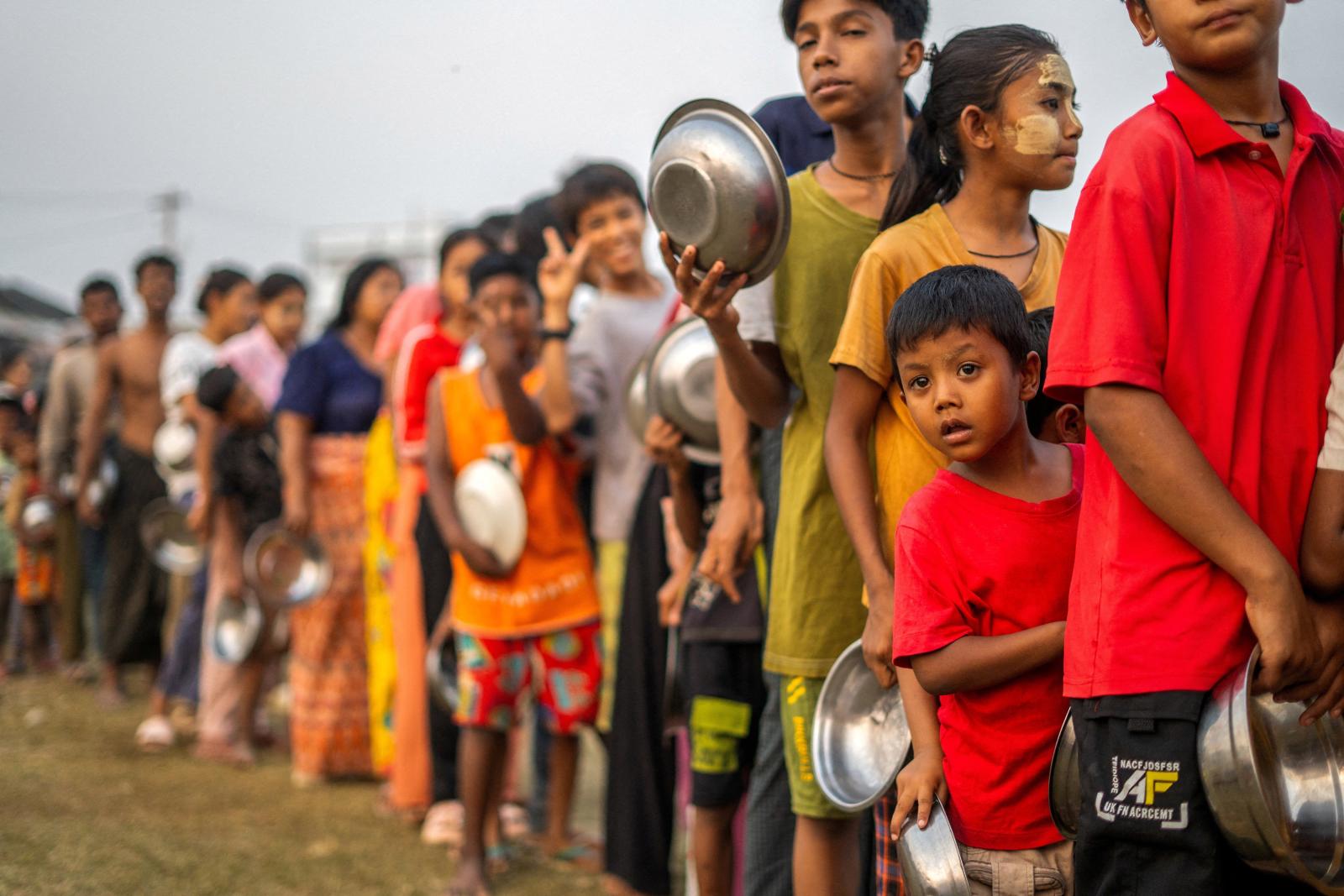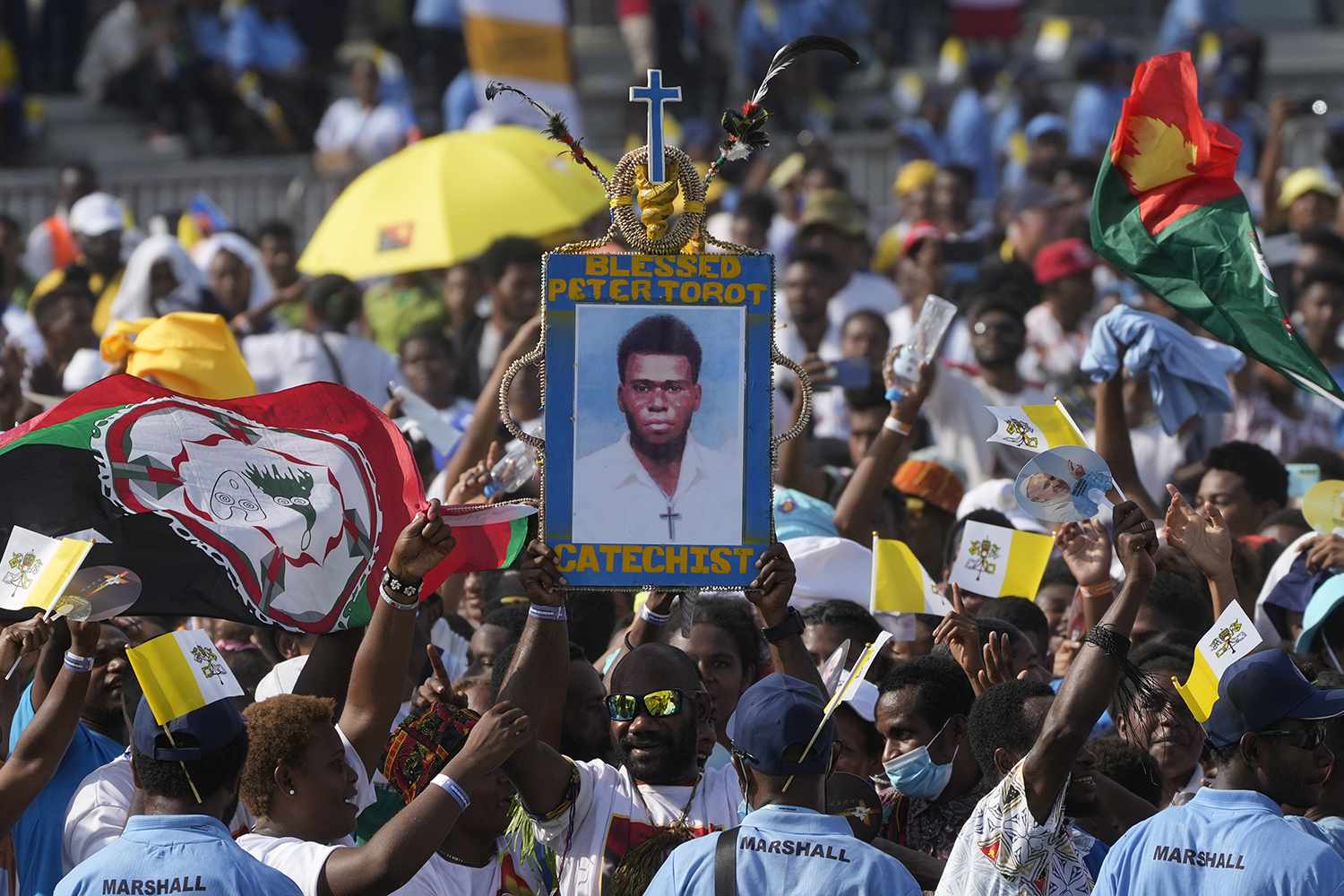An example of religious syncretism
Joaquim Magalhães de Castro
Centuries old, the Church of the Sacred Heart of Ganjuran, south of Yogyakarta, on the island of Java, is one of the most visited Christian temples in the entire Indonesian archipelago. Its construction dates back to 1924 and its consecration took place in 1930, by the then Archbishop of Jakarta Gerard Marie Franciscus van Velsen. Every year, on June 7, this place – “with a unique cultural and historical background” – welcomes thousands of pilgrims from not only Java, but also other Indonesian islands. In addition to Christians, numerous Muslim believers regularly visit the peculiar sanctuary, which has a typically Javanese style in its architectural design.
Regarding the round event, Father Fransiskus Purwanto, from the Holy Dharma University of Yogyakarta, recalls that devotion to the Sacred Heart was introduced there by missionaries and, after rapid dissemination, was promptly welcomed by the local Javanese community. “Devotion to the Sacred Heart is essentially spiritual, but it is also expressed through social commitment, in a mission to help those most in need in society,” concludes the priest.
Ganjuran is today a renowned place where believers seek remedies for their illnesses, with countless testimonies from pilgrims who claim to have been cured after bathing in the waters of the spring that flows nearby. The rosary is prayed in the Mariana Grotto built there on February 11, 1929, during the apparitions of Our Lady of Lourdes. In this case, Marian devotion is confused with devotion to the Sacred Heart, with people following the Javanese habit of climbing the stairs barefoot to offer incense and flowers to the Blessed Virgin Mary.
In 1920, Father van Driessch, a member of the Society of Jesus who taught at the Xaverian college in Muntilan, began delivering sermons and working to establish a Catholic community in the Ganjuran area. In 1922, there were already 22 native Javanese Catholics there, a number that would quickly increase. The initiative to build the Ganjuran church (which had van Driessch as its first pastor) was due to the Dutch Catholic Julius Schmutzer, owner of a sugar plantation.
This man, a doctor by profession, with the help of his brother Joseph, actively sought to create a fruitful link between Christianity and native cultures: “Catholicism can and must absorb any culture with which it comes into contact, purify it and impregnate it with divine life,” he said one day. Imbued with this cultural and artistic concept, the Church of the Sacred Heart was built. The pillars and ceiling reflect Javanese colors, while the angels on the side of the altar are designed in the wayang style, a local term for Javanese puppet shadow theater.
Joseph and Julius Schmutzer were pioneers in the practice of workers’ rights, as described in the encyclical Rerum novarum, and also in the exercise of work in the educational field, opening seven schools for boys and one school for girls. With the profits from their factory, the Schmutzers founded a hospital – dedicating it to Saint Elizabeth – in Ganjuran (now administered by the Order of Carolus Borromeus), and another in Yogyakarta, the so-called Onder de Bogen, current Panti Rapih Hospital.
Van Driessch died in 1934 and was replaced by the Jesuit priest Albertus Soegijapranata, responsible for the custom of the procession with the Blessed Sacrament – as a sign of devotion to the Sacred Heart of Jesus – and who, in 1941, would become the first native bishop of Indonesia. During the Indonesian National Revolution, the Schumtzers’ sugar factory was razed, but the schools, church and hospital survived.
The stones used in the construction of the Sacred Heart Church of Ganjuran were taken from the slopes of Mount Merapi, to the north, and its main entrance points towards the southern sea, “an orientation which reflects a Javanese belief in the harmony between north and south”. The representations of Jesus Christ and Mary – designed by the famous sculptor Iko – are inspired by Javanese royal images, while the bas-reliefs of the Way of the Cross inside the church depict Jesus, the Roman soldiers and Pontius Pilate, all wearing clothes and traditional Javanese accessories. For the inhabitants of Ganjuran, the church is an integral part of their religious and cultural identity.
After the serious damage caused by the 2006 earthquake, the church was restored in its original style. In recent times, Father Gregorius Utomo (1929-2020), who worked for years in Ganjuran, promoted the practice of pilgrimages by introducing a series of cultural and social activities. Activities at the church include regular masses, economic programs and celebrations of special events. The liturgy may be in Javanese or Indonesian, and believers are sometimes required to wear Javanese attire. There may also be gamelan or keroncong music, the latter having a Portuguese influence. Father Utomo also carried out social development projects to help the poor and introduced the celebration of ‘World Food Day’ in the Indonesian Church, which began in October 1990, when the Ganjuran parish church hosted a seminar for farmers from all over Asia.
At this seminar, the “Ganjuran Declaration” was written, which encourages farmers to practice sustainable, ecological, economically fair and balanced, culturally appropriate and socially fair agriculture. A pioneer in protecting this “our common home”, the priest encouraged and helped farmers to grow local organic rice using compost instead of chemical fertilizers.


 Follow
Follow


